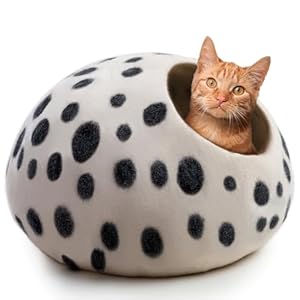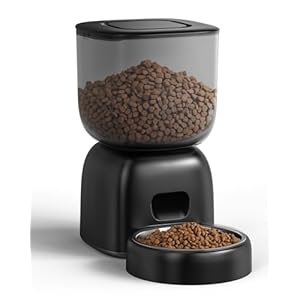
When selecting the appropriate cage size for your rabbit, you must carefully consider various aspects to ensure your furry friend’s comfort and well-being. Factors such as space availability, your rabbit’s size and activity level, and the necessary dimensions for movement all play a crucial role in determining the right cage size. By measuring your rabbit accurately and understanding the specific requirements based on breed, you can create a harmonious living environment. But, how exactly do you go about setting up a cage that meets all these criteria?
Factors to Consider
When choosing the right size cage for your rabbit, consider the available space in your home and the comfort of your pet. It’s essential to ensure that your rabbit has enough room to move around, stretch, and stand up on their hind legs without feeling cramped. A cage that’s too small can lead to stress, boredom, and even health issues for your furry friend.
Another factor to consider is the material of the cage. Opt for a sturdy wire cage with a solid bottom to provide proper ventilation and prevent your rabbit from escaping or getting injured. Additionally, make sure the spacing between the wires is narrow enough to prevent your rabbit from getting stuck or injured.
Consider the number of levels or platforms in the cage as well. These can provide additional space for your rabbit to explore and rest. However, be mindful of any ramps or stairs, ensuring they’re gentle and easy for your rabbit to navigate.
Ultimately, choosing the right size cage involves balancing your rabbit’s needs for space and comfort with the available area in your home.
Measuring Your Rabbit
To ensure you select the appropriate cage size for your rabbit, measure your pet’s length from nose to tail and height from ears to paws.
For the length measurement, gently extend your rabbit and measure from the tip of its nose to the base of its tail. This will give you an idea of how much space your rabbit needs to comfortably stretch out.
When measuring the height, place your rabbit on a flat surface and measure from the tip of its ears to the bottom of its paws. This measurement is crucial in determining how high the cage should be to allow your rabbit to stand up on its hind legs without discomfort.
Determining Ideal Cage Dimensions
Consider the size of your rabbit’s breed and its activity level when determining the ideal dimensions for the cage. Larger breeds like Flemish Giants will require more space compared to smaller breeds such as Netherland Dwarfs. A general guideline is that the cage should be at least four times the size of your rabbit when fully stretched out.
For smaller breeds, a cage of around 24×12 inches might suffice, while larger breeds may need a cage closer to 48×24 inches or more. Remember, the cage should be tall enough for your rabbit to stand on its hind legs without hitting its head on the top.
Additionally, consider the activity level of your rabbit. More active rabbits will require larger cages or access to a run to prevent boredom and promote exercise. By taking these factors into account, you can ensure that your rabbit has enough space to move around comfortably.
Tips for Cage Setup
Enhance your rabbit’s living space by strategically placing enriching toys and hiding spots within the cage. Offer a variety of toys like wooden chew blocks, tunnels, and balls to keep your rabbit mentally stimulated and physically active. Place these toys in different areas of the cage to encourage exploration.
Additionally, create cozy hiding spots using cardboard boxes or tunnels where your rabbit can retreat when feeling stressed or tired. Ensure there are multiple access points to these hiding spots for easy entry and exit.
Provide a litter box filled with rabbit-safe bedding material in one corner of the cage to promote good litter habits. Keep the food and water dishes in a separate area to prevent them from getting soiled with bedding or waste. Position the dishes in a stable location where your rabbit can easily access them without knocking them over.
Trending Products














